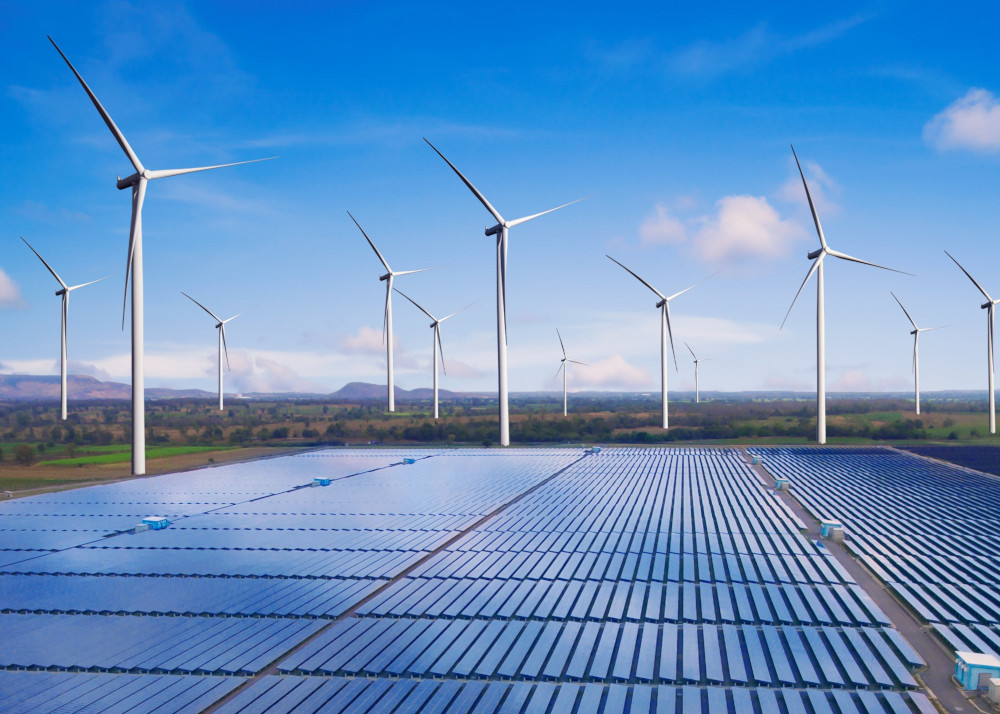European biomedical segment becomes hotspot for healthcare deals — Dealspeak EMEA
Healthcare M&A has been spiking throughout Europe, the Middle East, and Africa (EMEA), with Europe’s biomedical sector leading the way.
The biomedical sector is a broad category that marries biological sciences with medical research. Examples of applications in the field include biotechnology, biopharmaceuticals, and cell and gene therapies.
The biggest deal in the year to date (YTD) has been Verona Pharma, a British biopharmaceutical company focusing on respiratory diseases. US healthcare giant Merck announced a takeover worth EUR 9.5bn in July. The deal is expected to close in the fourth quarter of the year.
As a result of the deal, Merck will add Ohtuvayre (ensifentrine), a selective dual inhibitor of phosphodiesterase 3 and 4 (PDE3 and PDE4), to its growing cardio-pulmonary pipeline and portfolio.
Ohtuvayre was approved by the US Food and Drug Administration (FDA) in June 2024 for the maintenance treatment of chronic obstructive pulmonary disease (COPD) in adult patients.
The Verona Pharma deal is so large that it is single-handedly responsible for 30% of the total deal volume seen in the European biomedical sector in YTD25, according to Mergermarket data. The dataset excludes licensing deals.
Aggregate deal volumes in the European biomedical sector in YTD25 are already ahead of the full year (FY) volumes for the past decade. There have been 109 deals worth a combined EUR 20.2bn in the YTD. The ten-year record for FY volumes was EUR 18.5bn, spread over 314 deals, in FY21.
US buyers plot tariffs hedge
Inbound interest from US Big Pharma is a major factor in the record-breaking levels of deal activity. Around 71% of the volume and 10% of the deal count in the YTD25 have a US player on the buy-side.
“There is a bigger focus on European assets from the US than before,” Ali Pashazadeh, founder, chairman, and CEO of Treehill Partners, said. US geopolitics is a major factor, he added.
US President Donald Trump had been threatening to impose tariffs of 250% on generic drugs from the European Union (EU), but he has dropped this to 15%, with a blanket 10% on goods from ex-EU member, the UK. His government is still running a Section 232 investigation to see whether tariffs on pharmaceuticals are a matter of national security.
Around 40% of generics imported into the US come from India, which is facing a baseline 50% tariff rate. India sources the vast majority of its active pharmaceutical ingredients (APIs) from China, which also faces high US tariffs.
In that context, US led dealmaking in Europe can help large players diversify their supply chains, as well as manage patent cliffs.
Deals in the broader healthcare and life sciences (HLS) category for EMEA have also been booming. In YTD25, the healthcare sector has seen a 2.1x spike in deal volume, reaching EUR 48bn, but a 12% dip in deal count (564 deals) when compared to the same period last year.
“Compared to 2024’s relatively subdued HLS M&A, so far this year the sector has seen an increase in activity at the larger end of the market,” Gareth Camp, partner at Clifford Chance, said.
Corporate-led deals dominate the EMEA HLS market, with 64% of volumes in the YTD. “While companies remain focused on navigating a still changeable market, many players are looking at strategic acquisitions and the continued refocusing of their portfolios through the sale of non-core assets”, Camp said.
Sponsors are also a stronger presence in EMEA HLS than in European biomedical deals, with 34% in YTD25 vs 36% in YTD24.
Biotech IPO concerns to drive market
Biotech is a major part of the biomedical segment. European biotech companies have been struggling to get equity financing, which could drive M&A, according to Peter Laveran-Stiebar, a partner with Clifford Chance.
Dealogic’s proprietary database of IPO candidates lists 19 candidates in the European drugs and pharmaceutical segment.
Mergermarket’s proprietary intelligence suggests that activity is likely to continue in the months ahead. For example, Merieux Equity Partners has tapped Jefferies and Centerview for the sale of Swixx Biopharma, with a process likely to begin in September. It reported revenues of EUR 1.5bn in 2024.
Even though activity is likely to remain strong, it is important to see the Verona Pharma deal as “an outlier,” Pashazadeh said. “There is unlikely to be a trend for these huge deals.”













